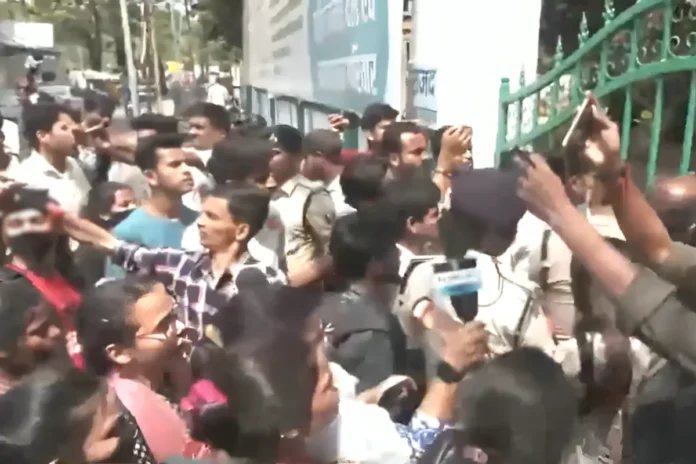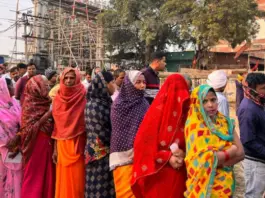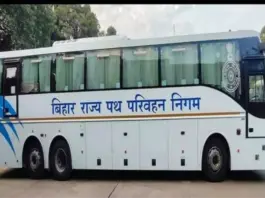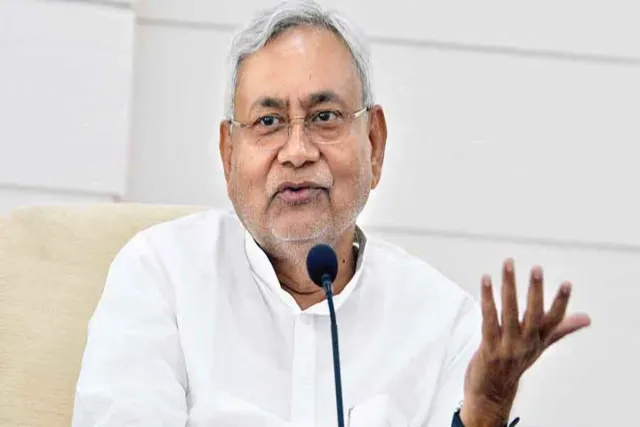Bihar News: Students gather outside the JDU office in Patna to voice their dissatisfaction with the Bihar government’s decision to discontinue plus two classes in colleges, effective from April 1.
Bihar Government’s Decision Sparks Student Protests
The Bihar government’s recent announcement to cease plus two (intermediate) classes conducted in colleges across the state has stirred unrest among intermediate students. This decision, declared on February 21, entails the discontinuation of intermediate classes in colleges affiliated with various universities in Bihar.
Transition of Plus Two Education
A notification issued by the Education Department elucidated that while Patna University ceased conducting such classes approximately a decade ago, colleges under other universities would follow suit starting from April this year. The department emphasized that henceforth, intermediate education in arts, science, and commerce streams will be exclusively imparted in higher secondary schools.
Policy Alignment and Infrastructure Enhancement
This resolution aligns with the recommendations of the Universities Act and a policy decision made back in 2007 under the Nitish Kumar government. The government aimed to gradually phase out intermediate education from colleges, adhering to the National Education Policy (1986/92) guidelines. Consequently, the 10+2 format for plus two education was introduced.
Preparation and Infrastructure Development
To facilitate this transition, the Education Department has undertaken significant infrastructure development and recruitment drives. A substantial number of teachers, totaling 67,961 for higher secondary schools and 65,737 for secondary schools, have been appointed to ensure adequate manpower. This initiative aims to equip government schools with the necessary resources to handle plus two education effectively.
Rationale Behind the Decision
The decision to discontinue plus two classes in colleges stems from the government’s endeavor to enhance the quality of intermediate education. Despite challenges in the past due to insufficient infrastructure and manpower in higher secondary schools, recent efforts have substantially addressed these issues.




